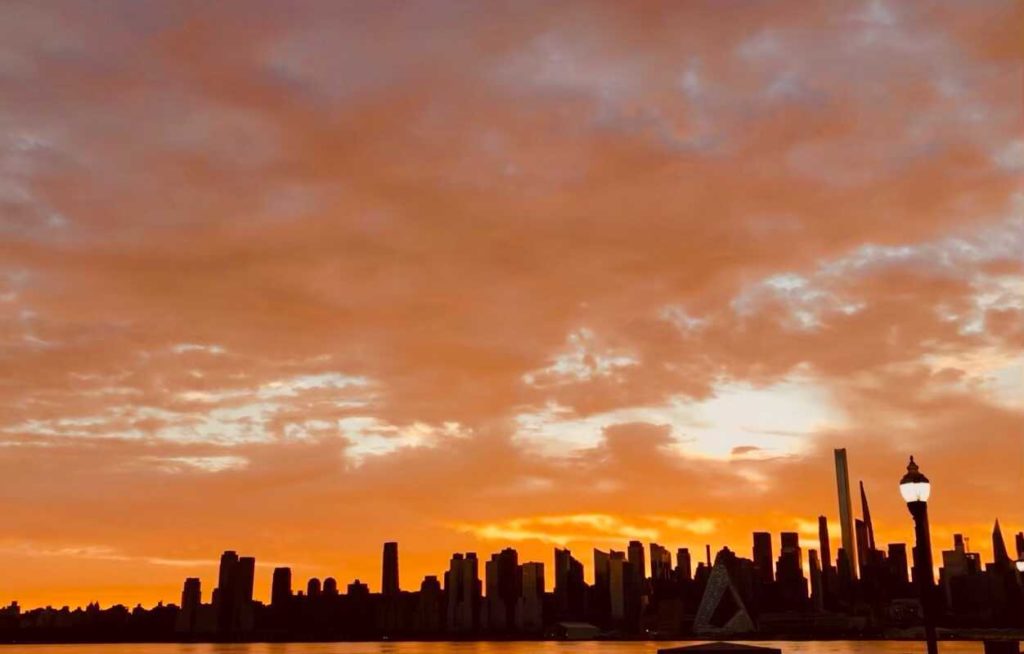Living so close to the city has, without doubt, filled my camera roll with substantially more pictures of skylines, sunrises, and sunsets — even more than my unusually large album of memes. But there was always an ongoing debate with friends about when sunsets are prettier — winter or summer?

Well, today, I am ecstatic to share that winter twilights are truly prettier than those in the summer. The reasoning is summed up by how light from the Sun gets scattered, reflected, and refracted before reaching our eyes.
Light, as we have learned from prior science classes in high school, is composed of a wide spectrum of colors. Each of these colors has its own wavelengths, or a characteristic pattern of traveling through space, with distinctive shapes and lengths of waves. Visible light, which is composed of colors from red to violet, ranges in wavelengths from 0.4 to 0.7 μm.
Shorter wavelengths—like that of violet and blue—are scattered around more easily, while longer wavelengths—like that of red and orange—are left in abundance. The blue and violet lights are reflected across surfaces of nitrogen and oxygen molecules in the atmosphere, which creates the brilliant blue skies we recognize during the day. This also explains why we’re more likely to see the rich hues of orange and red at the crack of dawn, with only slight slivers of purple or blue mixed in.
But what makes a winter sunrise or sunset more illuminating and vivid lies in these cold winter facts: air is significantly cleaner (i.e. less pollen and dust particles floating around), humidity is lower, and elucidate cloud systems are familiar. The dynamic duo of cleaner air and low humidity enables a crisper vision of the sunset — as fewer pollutants result in less hazy sunsets and less dark colors like purples are scattered. It’s therefore more common to see more magenta-colored sunsets in the winter over orange sunsets from the summer.
The clouds act like a projector screen for the dazzling play created by the cool weather and sunlight. What makes cloud systems during the winter more impactful than those in the summer is a result of a “stronger temperature gradient between the north and southern latitudes, and a stronger jet stream.” These voluminous clouds reflect the gorgeous red, orange, and purple hues of the sunset back to us.
While these actors may be putting on quite the show in our skies, the true puppet master, the Sun, plays a larger role than we may think.
During the winter solstice, the Sun’s angle is 90 degrees at noon somewhere along the Tropic of Capricorn. Paired with the 23.5 degree tilt in the Earth on its axis, this angle of the Sun results in a longer night and shorter day — allowing us to enjoy the beautiful cinema of colors of a winter sunset much longer.
So now we know that while the celestial gods make winter sunsets much cooler than summer ones — we now have science to prove it!
Be First to Comment